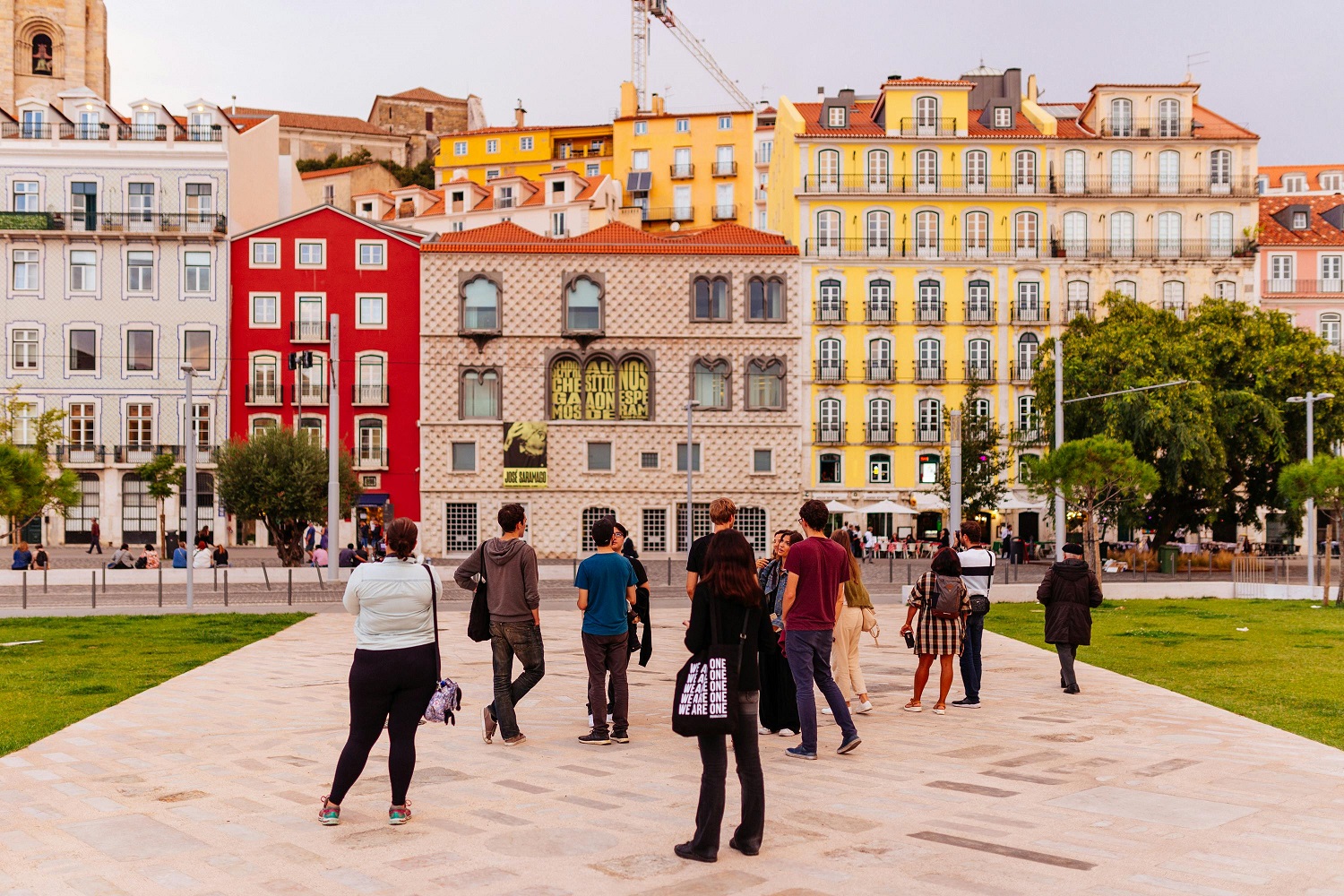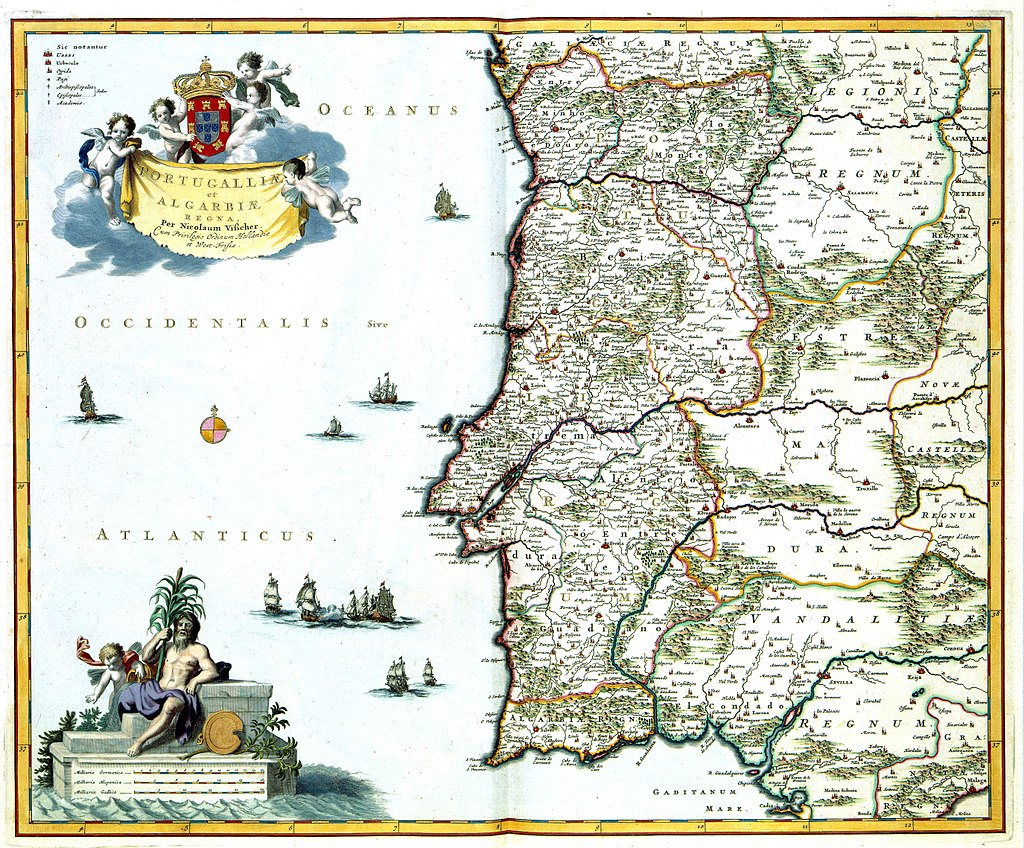Portugal’s Heritage and History With UNESCO World Heritage
Introduction
A Brief Overview of Portugal’s Heritage
Go Portugal! Oh, my! This country has a sweet pastel de natas, beautiful beaches, and Fado music. It also has cork forests that are hundreds of years old. And did I ever say that it has a lot of history? Yes, of course. Portugal is a small but mighty country where the old and the new live together in striking contrast. Its 17 UNESCO World Heritage Sites preserve extraordinary bravery, discovery, and grandeur stories. This heritage is so lively and alive that you can see, touch, and live it.
Table of Contents
Importance of UNESCO Sites
Let’s clear up one thing before we start this fantastic trip. It’s not like these UNESCO sites are just any tourist spots; they’re like entries in the Earth’s notebook. They mark out places that are very important to culture or nature. People worldwide say, “Hey, these places are too important to lose.” We’re all in charge of them. Cool, huh?
Journey Outlined Across Portugal’s UNESCO Sites
Get ready because we’re going on a fun zigzag trip across Portugal to see its astonishing UNESCO sites from north to south and east to west. Bring your camera, a pair of comfortable shoes, and your interest in history. Things are about to get historical.
The Charm of Northern Portugal
Historic Centre of Guimarães: Birthplace of the Portuguese Nation
The historic center of Guimarães is where the Portuguese nation was founded.
On this fantastic trip, the first place we’ll stop is Guimarães, historically where Portugal started. History buffs should visit this charming city because it has interesting historical sites.
Get lost in the enchanting atmosphere of Portugal’s historic streets, where well-kept medieval buildings and cute squares take you back in time. Standing in the shadow of the enormous castle that once protected the young country is fantastic and gives you warm shivers.

Alto Douro Wine Region: Lifeline of the Portuguese Wine Industry
Portuguese wine industry and business.
It is common knowledge that Portugal is known for producing high-quality beverages. The Alto Douro Wine Region, which is a designated UNESCO World Heritage Site, aids Portugal’s winemaking industry.
The Alto Douro Wine Region, located in the northern part of Portugal, is a showcase for the culture and winemaking of the country. Terraced vineyards can be found in the steep slopes of the Douro Valley, which is located in Portugal. Winemakers have put in a lot of effort over the course of many years to make these vines appear magnificent.
To be a part of the Alto Douro Wine Region, you need to have both a good wine and beautiful vistas. It is possible to find vines that are more than two thousand years old in the world. Rich, complex wines are made using ways passed down from generation to generation, as well as the climate and soil of the area.
A Look at the Work of Ancient Artists
The Central Region’s Architectural Wonders
Monastery of Batalha and Monastery of Alcobaça: Masterpieces of Gothic Architecture as we journey further south, the captivating central region of Portugal beckons with its awe-inspiring architectural wonders—the magnificent monasteries of Batalha and Alcobaça. It’s truly magical to walk through the halls of these beautiful Gothic buildings. Awe and wonder are created by the elaborate stone carvings and tall vaults, which take you to a different world.
University of Coimbra
The University of Coimbra is the next stop. As soon as you walk in, the atmosphere takes you to a world of old knowledge, where the air is thick with the sounds of history. This prestigious university has a long history that dates back to 1290. It has been a place where people learn and grow intellectually for many generations. The beautiful medieval library, called “Biblioteca Joanina,” is a real work of art. It is full of books that are hundreds of years old and are so tall that they create their atmosphere.
Cultural Landscape of Sintra
Sintra, a magical place in Portugal’s hills, once existed. This mystical town has a captivating culture that makes it feel like you are entering a fairy tale.
Sintra is a gateway to fairy-tale palaces and enchanted forests, where every corner reveals its rich history and culture. Sintra has a wealth of wonders to discover, from the Palace of Pena on a hilltop overlooking the town to the mystical Quinta da Regaleira with its underground tunnels and hidden caves.
Sintra’s rich gardens, towering trees, centuries-old castles, and palaces blend perfectly with nature. Sintra’s UNESCO World Heritage Site status shows the importance of preserving this unique place for future generations.
Glamour of the Alentejo Region
Historic Center of Évora: Journey through the Medieval Ages
You can go back in time to the Middle Ages in the historic centre of Évora, a lovely Portuguese city with a lot of history and culture. Walk through its narrow cobblestone streets and look at its old buildings. You’ll feel like you’ve been taken back to a time when knights roamed the land and kings ruled with an iron hand.
The historic center of Évora is a UNESCO World Heritage Site for good reason. This city is full of historical treasures, including well-preserved medieval walls, impressive cathedrals, and charming plazas. Start at Évora Cathedral, a 12th-century Gothic masterpiece. Ascend its bell tower for city views.
Garrison Border Town of Elvas and its Fortifications
Elvas is a unique garrison town on the border with Spain that has always been the first line of defence and has been essential throughout history. This area’s large number of walls, forts, and moats is a great example of Portugal’s excellent defensive architecture. It is easy to see why this place deserves to be on the prestigious UNESCO list.
Landscape of the Pico Island Vineyard Culture
The farms on Pico Island, in the faraway Azores, show how strong people can be. With the help of black volcanic rock, winemakers were able to turn this harsh land into a beautiful garden. It is a fantastic example of how creative people can be and should be praised.
Culture of Southern Portugal and Azores
Historic Center of Angra do Heroísmo
Angra do Heroismo is a cute little village in the middle of Terceira, which is one of the most beautiful islands in the Azores. This historic town has been a UNESCO World Heritage Site since 1983. It has a lot of cultural and architectural treasures from its time as a trade port in the 15th and 16th centuries.
The core zone of Angra do Heroismo is one of its most beautiful areas. It is a maze of cobblestone roads lined with colourful buildings that have balconies made of ornate wrought iron. Check out beautiful spots like Praca Velha and Praca da República to feel the lively vibe and hear the lively sounds of the city.
A highlight of the centre zone is Se Cathedral, a Baroque masterpiece from the 1600s. Inside this beautiful church, there are beautiful carvings and frescoes, and the bell tower has a view of the town and farmland.
Laurisilva of Madeira: Pristine Nature at its Best
The Laurisilva woodland on Madeira’s steep cliffs is a hidden beauty. The UNESCO World Heritage Site “Laurisilva of Madeira,” an ancient and virgin forest, represents nature at its best.
Tertiary laurel forests covered most of Europe and North Africa, including the Laurisilva woodland. This woodland is a natural wonder, as it is one of the last and best-preserved laurel woods in the world. Walking through the beautiful Laurisilva transports tourists to a time-untouched paradise where indigenous plants and fauna dwell in harmony.
Central Zone of Angra do Heroismo
It’s called Angra do Heroísmo and it’s on the island of Terceira in the Azores. A lot of the past is linked to it. People who are interested in history and culture will enjoy UNESCO World Heritage Sites, which have houses that are well taken care of, streets that curve, and views of the Atlantic Ocean.
One of the best things about going to Angra do Heroísmo is seeing the beautiful buildings and homes that are there. The Portuguese Renaissance Sé Cathedral was built in the 1600s and has figures and painted glass all over its outside. Palácio dos Capitães Generais, which used to be the home of the rulers of the Azores, is a stunning piece of architecture that you should not miss. Its beautiful exterior and interior make it a must-see.
Whew! What a trip! You should now know why this ride through history is fun. Our trip to these historical sites is more than just visiting them. We hear stories, see how people have been creative, persistent, and changed over time, and are amazed by nature.
Come with us to Portugal! Beautiful views, people from different countries and times, and a past that is still alive. Be kind to these places, keep them safe, and help tell their stories when you can.
N.B. Collected from a different source.

